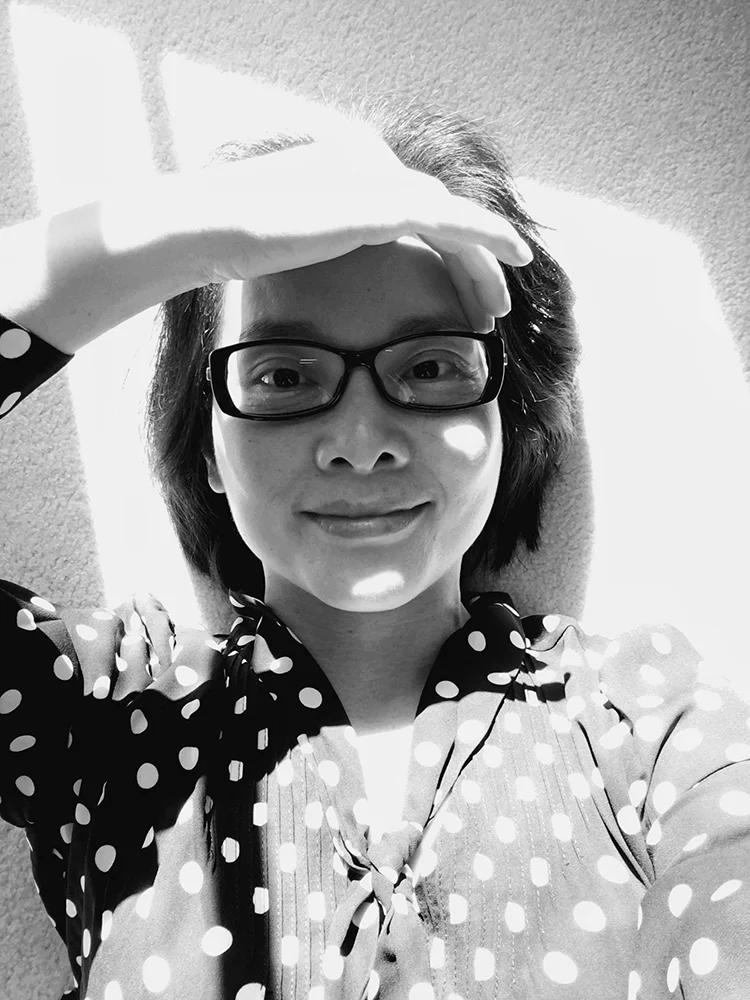Julie Wang was born in China and has spent nearly equal parts of her life in China and abroad, living in Europe and the United States. This balance of cultural and linguistic experiences continues to shape and nurture her artistic vision.
Visual art, particularly photography, has become her most natural form of expression, blending all she has learned and experienced. Through her lens, she captures what draws her eye and, in her editing, transforms these moments into reflections of her thoughts and ideas, creating work that bridges diverse cultural perspectives and personal insights.
Statement
"This ongoing series captures the transient and often unnoticed moments in nature where life’s poetry unfolds. Each image is a meditation on stillness and movement, rooted in the quiet interplay of shadow, light, and texture. Whether it's the ephemeral shimmer of a dragonfly’s wing or the serene silhouette of a bird in flight, these works celebrate the fleeting beauty that surrounds us. Through this collection, I aim to gather and cherish moments that uplift our lives, inviting reflection, wonder, and a renewed appreciation for the delicate balance of our world."
Awarded Photographer of the Week - Week 50
Article
Where, In What Form, We Will Meet Again